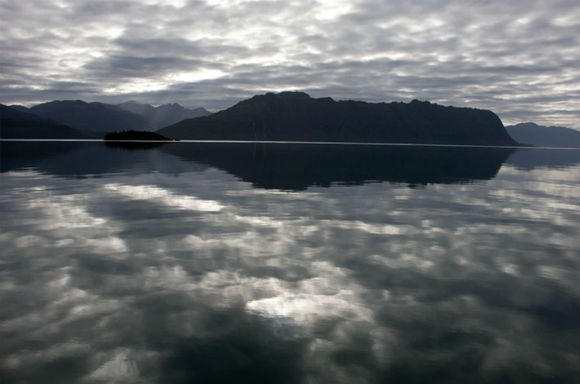At the southernmost end of
the Americas lies wild Patagonia , a still unexplored land of legendary natural
beauty. Vast expanses of open space stretch out in all directions. A curious
geological past has shaped this varied and dynamic landscape. Bordering the
fjords of the Pacific coast, the world's largest extrapolar icefields contain
some of the region's most impressive peaks, while to the east, the windswept
steppes stretch out to the Atlantic coast. Glacier-fed rivers, full of some of
the world's purest water, tumble between jagged, never-climbed mountains. Herds
of long-necked guanacos gallop across expansive grasslands as Andean condors,
one of Earth's most massive birds, soar overhead. Patagonia is a land at the
south of Chile , and the
south of Argentina , with
most of the astounding views for the Pacific ocean
side. A comprehensive list of Chile
With its glacier-carved peaks
and fjords, southern Chile Chile
All photographs are by Maria
Stenzel, a contributor to National Geographic for more than 16 years. See the
featured work in NG here.
Las Guaitecas National
Reserve
Twilight descends serenely
over Canal Messier, one of the major routes through the fjords. Patagonia 's weather can be wild, but the fjords are
sheltered waters, their great depth helping to keep them calm.
Lautaro, an active volcano
(background), broods over the tortured surface of Pío XI Glacier. Chile
Very dreamy images from Patagonia , have been captured by photographer Bruce
Percy, who's brief presentation of works was featured in a previous article.
See it here.









+logo-w200.png)


No comments:
Post a Comment
Note: Only a member of this blog may post a comment.